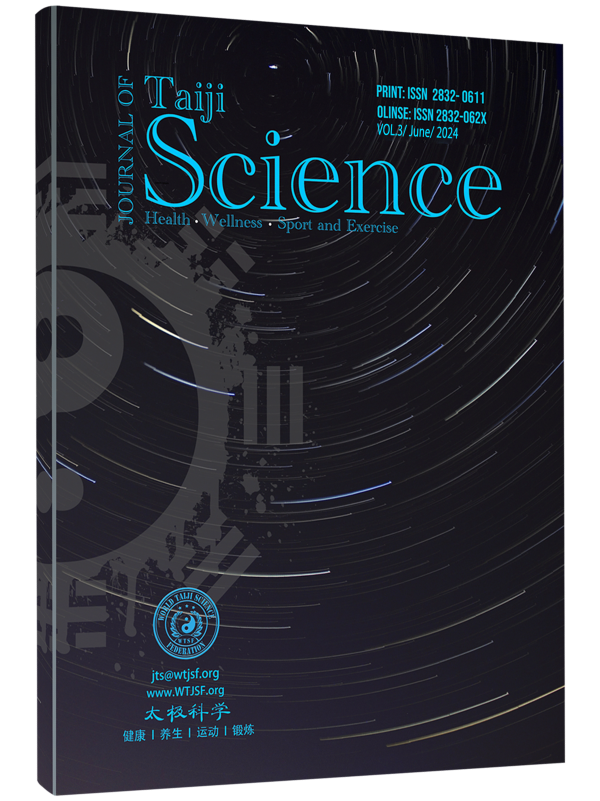Difference in Hamstring Flexibility between Athletes in the Chilean National Wushu Team versus Athletes not in the Chilean National Wushu Team
DOI:
https://doi.org/10.57612/JS24.JTS.03.03Keywords:
Hamstring, Athletes, Chilean, Wushu, Taolu, Modern WushuAbstract
This study evaluates hamstring flexibility among junior athletes practicing modern Taolu Wushu using the Sit and Reach test. The cross-sectional analysis included 32 participants, evenly split between members and non-members of the national team. Results demonstrated that national team members exhibited significantly higher flexibility levels compared to their non-team counterparts (p < .01, d = 0.707), highlighting hamstring flexibility as a critical factor for national team selection in Wushu. Spearman's correlation analyses further revealed significant associations between flexibility and phenotypic variables such as age and height, particularly within the national team cohort, suggesting these traits may influence or contribute to the observed differences in flexibility. These findings support the use of the Sit and Reach test as a simple yet effective tool for assessing hamstring flexibility, which can help coaches identify potential national team candidates and tailor training programs to enhance flexibility. The outcomes align with previous research indicating higher flexibility levels in athletes of national teams across various sports, underscoring the importance of flexibility in competitive success and athlete selection processes.
Downloads
Downloads
Published
Issue
Section
License
Copyright (c) 2024 Héctor Toledo, Juan Sandoval, Ariel Mancilla, Sajad Pourjahani, Erik Tan, Samuel Montalvo (Author)

This work is licensed under a Creative Commons Attribution 4.0 International License.
All articles are permanently available online to the public without restrictions or subscription fees. All articles are free to be used, cited, and distributed, on condition that appropriate acknowledgement is included. Authors are the copyright holders of their original contributions. The published article is simultaneously licensed under a Creative Commons (CC) Attribution License. “A CC license is used when an author wants to give people the right to share, use, and build upon a work that they have created” Wikipedia.

















